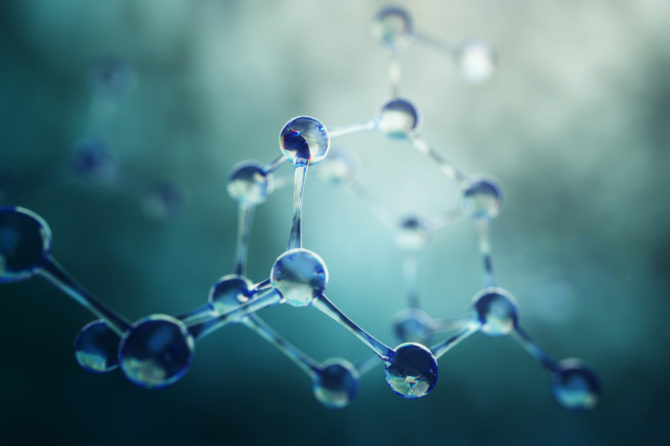
How to Classify Different Types of STDs
Trying to classify and separate the different types of STDs is a difficult task. Though many STDs are similar, they vary in subtle ways. So what’s true for one STD, may not apply to another. As such, a good level of confusion exists regarding which STDs can be cured, which ones are fatal, and which ones are most dangerous. To that end, today we’ll attempt to address several different ways to classify STDs, so that you can get a clear picture on how scientists and medical professionals consider these diseases:
Method of Transmission
STDs definitively have on thing in common: they are all diseases transmitted through sex. Yes, it’s pedantic to point that out, but it’s basically the one thing that links STDs together. In large part, STDs pass from one individual to another through sexual contact. By sexual contact we mean anal, oral, and vaginal sex. However, certain STDs can also transfer through skin-to-skin contact (herpes), through contaminated food (hepatitis), or by sharing needles (HIV).
Bacterial, Viral, Fungal, Parasitic
STDs also differ in regard to their makeup. Unfortunately, there’s no way to determine if you have a viral or bacterial infection simply based on your symptoms. What’s more, most people who have an STD don’t even know they have one! Though STDs often manifest in similar ways, it’s still important to know how to differentiate STDs scientifically. Here then are a few brief lists for reference:
Bacterial STDs
- Syphilis
- Chlamydia
- Chancroid
- Gonorrhea
- Lymphogranuloma venereum
- Non-gonococcal urethritis
- Non-specific genital infection
- Donovanosis (Granuloma inguinale)
Viral STDs
- Hepatitis B
- HPV
- Genital warts
- HIV
- Herpes
- Cytomegalovirus
Fungal
- Scabies
- Candidiasis (Moniliasis)
Parasitic
- Pediculosis pubic
- Trichomoniasis
Which STDs are Curable?
Most STDs on the lists above are completely curable through the administration of antibiotics. Viral STDs, conversely, cannot be cured. They can, however, be treated and managed. Often, how early treatment begins will determine how effectively viral diseases can be curtailed.
Which STDs are Dangerous?
To a degree, all STDs are dangerous. These are contagious infections that can affect the body in a myriad of ways. Left untreated, STDs can cause infertility, scarring of the urethra, pelvic inflammatory disease, complications with pregnancy, paralysis, dementia, tumors, and death. Yes, certain STDs are more dangerous than others. But the truth is, all STDs pose a threat to individuals who carry them (whether they realize it or not.) The best way to ensure STDs don’t affect you is to take preventative measures to protect yourself –– and your partners.
Leave a reply

Leave a reply